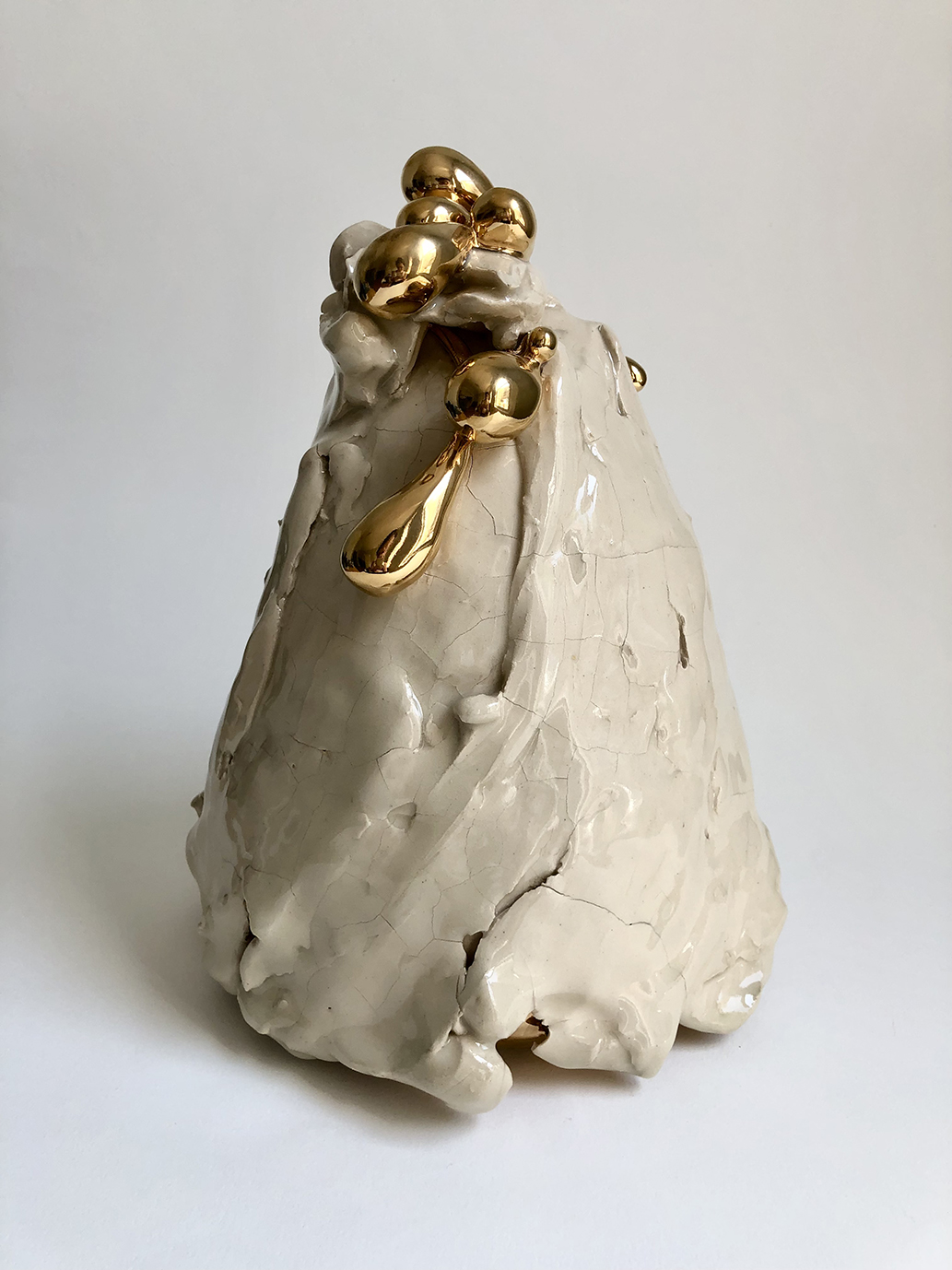(Buenos Aires, 1982) Born in Buenos Aires, she currently lives and works in New York. She obtained her MFA in Studio (Fiber and Material Studies department), at The School of the Art Institute of Chicago with a full scholarship from the Merit New Artist Society. Previously, she attended workshops and clinics with Carolina Antoniadis, Lola Goldstein, Silvia Gurfein, Tulio de Sagastizábal and Gabriel Baggio, and studied ceramics with Andrea Fasan and Jorge Bangueses. She was an AIM 2022 fellow at the Bronx Museum and in 2020 she was part of the NYFA Immigrant Artist Mentoring Program for Visual & Multidisciplinary Artists in New York. In 2015 she participated in the Biennale Internationale du Lin de Portneuf, Québec, where she also completed a two-week residency. She obtained a six-month residency at the Cité Internationale des Arts, Paris (2009-2010). She received the 1st Mention of the XVII Klemm Prize 2013, and was selected in the Curriculum 0, Ruth Benzacar Gallery (2006), Klemm Prize (2011, 2012, 2014) and Project A Prize (2004). Since 2010 she has participated in international group exhibitions in galleries and museums. She also has teaching experience at the School of the Art Institute of Chicago and the University of Buenos Aires. She recently wrote a catalog essay on the work of Medardo Rosso for the Art Institute of Chicago. In her works Ivana Brenner investigates the sensual properties and transformative aspects of materials. Through a process-based practice, involving material research centered on clay but also the development of her own techniques, her works suggest undefined bodies, human or non-human, that evoke fleshiness, bodily fluids and fertility in an attempt to animate inert matter. The contrast between the brutal and the precious is an ever-present feature in her works, especially through the incorporation of materials such as gold that seek to emphasize the abject with the unavoidably attractive. In her site-specific installations, she works on buildings as bodies that house an organism that grows from them. Appropriating walls, staircases and corners, she enhances the very accidents of construction, such as cracks and signs of physical deterioration, to make sterile architecture appear alive.


 Brenner Ivana
Brenner Ivana